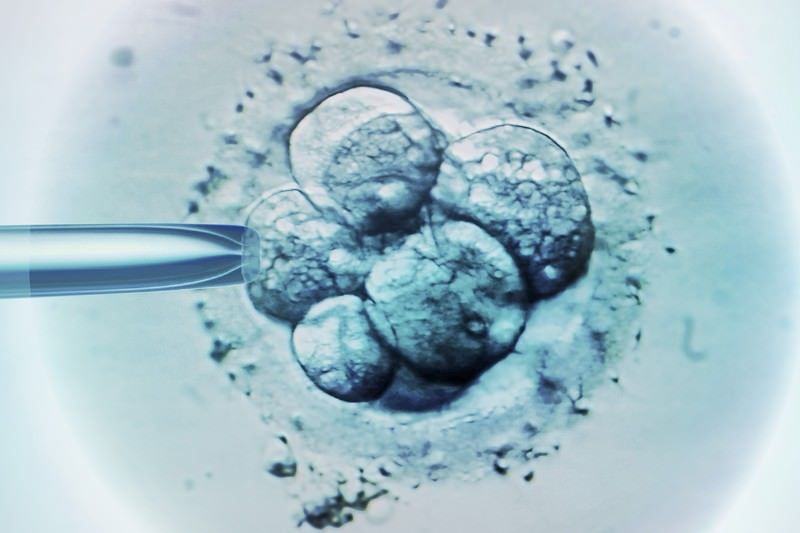Dr Millers paper here hits the nail on the head for me about aging research and how we can speed it up.
“The time spent by gerontologists debating whether aging is a single process or many would be better devoted to trying to figure out the mechanistic links between the master clock whose existence is strongly suggested by the unitarian argument and the many cell-specific, organ-specific, and organism-wide processes that march in crude synchrony at species-specific rates.”
Yes! This is exactly the attitude to take. Too much debate and argument instead of buckling down and getting the research done to prove or disprove aging hypotheses. Cut to the chase and lets just do it.
However, in recent decades, scientific researchers in the field of aging, have found that it is indeed possible to slow down aging in animal test subjects!
This can be done by various means, including dietary and genetic interventions.
One of the most noteworthy researchers in the field is Dr Richard Miller.
The MMTP introduces – Dr Richard A Miller.
Dr Richard Miller MD, PhD, Is a professor of pathology at Michigan University, director of the Nathan Shock centre for biological aging and director of the Paul F Glenn centre for aging research.
He graduated Haverford college in 1971 with a BA, then went on to gain an MD and PhD at Yale University.
Dr Miller has held his current position at Michigan University since 1990.
He has acted as advisor for both The National Institute On Aging, and The American Federation For Aging Research.
Read more








